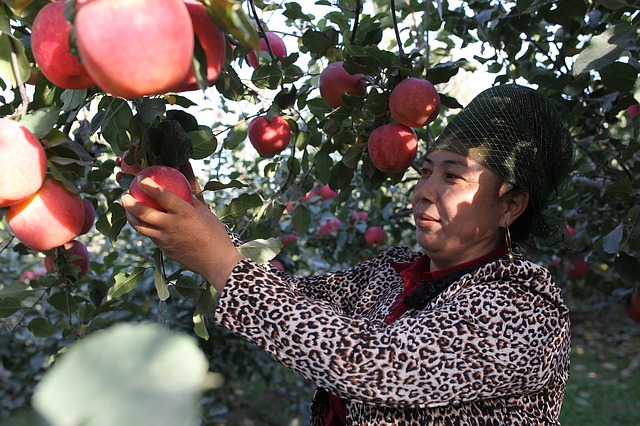It’s balm for my soul to feast on today’s scripture texts, though in many Catholic parishes the readings will not be these. (They are different if the parish is preparing to receive candidates into full communion with the church at the Easter Vigil.) To follow along, find Exodus 3:1-8a, 13-15 and Luke 13:1-9.
Lately I’m attuned to the tragic. My outlook seems in sync with that bumper sticker: “If you’re not outraged, you’re not paying attention.”
In the last few weeks there’s been a white supremacist attack on people praying in the mosques of New Zealand; in Massachusetts, the desecration of a Jewish cemetery; record flooding in the Missouri River watershed; a malfunctioning jet that killed 157 people in Ethiopia; the always-tiresome political drama; and close to home, a disturbing, senseless murder.
But when I read the scripture for today, I felt my soul open!
In Exodus, God reveals God’s name to Moses in the desert, promising to lead the people out of the land of their oppression and “into a good and spacious land, a land flowing with milk and honey.” Then God reveals the most refreshing, generous, and salvific name in the world: I AM. “This is my name forever,” God says.
Next, in Luke’s gospel, there is this fig tree. I’m curious about the fig tree. It shows up 43 times in the Bible, 16 in the New Testament, and almost always, though not in this case, appears with a vine nearby. The fig and vine are a kind of biblical short hand for Eden, a place of blessing, harmony, and well-being.
A digression: Do you know how a fig is pollinated? I’ll spare you the details, but it seems nothing short of miraculous that we have figs at all. Humans—and critters—have been cultivating fig trees for thousands of years. So be appreciative the next time you bite into your Newton!
In Matthew’s and Mark’s gospels the fig tree suffers a crushing fate. Jesus, these evangelists tell us, curses the useless tree’s fruitlessness; it withers.
But not in Luke!
Luke, God bless him, takes a different approach, just the one I need. He starts with really bad news. Tragedy everywhere; people passing judgement on those who suffer under the weight of it. Then it happens! “Someone” arrives just in time to save the tree from the withering glances of the owner—who would have it chopped down.
“Leave it,” the rescuing Someone, the Gardener, counsels. “I shall cultivate the ground around it and fertilize it; it may bear fruit in the future. If not, you can cut it down.”
I’m breathless, wondering: Does the Gardner—who has to be a woman—I need her to be—does she do what she says?
Does she actually open the earth for the struggling fig, creating for it good and spacious land—”root room”? (I borrow from poet Gerard Manly Hopkins who writes—in My own heart let me more have pity on—“leave comfort root-room.”)
The Gardner of the gospel and the I AM of Exodus—these are one and the same. So, to answer the question: Yes She does. This Gardener will never give up. Not even “next year.”
In the midst of my near-despair for our world, the Gardener cultivates this tender hope in me. It’s a hope that we central Illinoisans understand, having now, as we always do this time of year, concern for the early growth of our magnolias, red buds, dogwood.
Will Spring be kind to the tender shoots of hope? Will the Gardener do as she’s promised?
About the image: A Pixabay image by youyikoyoyo. Used with permission. All rights reserved.
Sister Beth Murphy, OP, is the communication director for the Dominican Sisters of Springfield. This article first appeared in the State Journal-Register, Sunday, March 24, 2019.



Thanks for your hopeful meditation, from a gardener! Welcome Spring!
You are welcome!